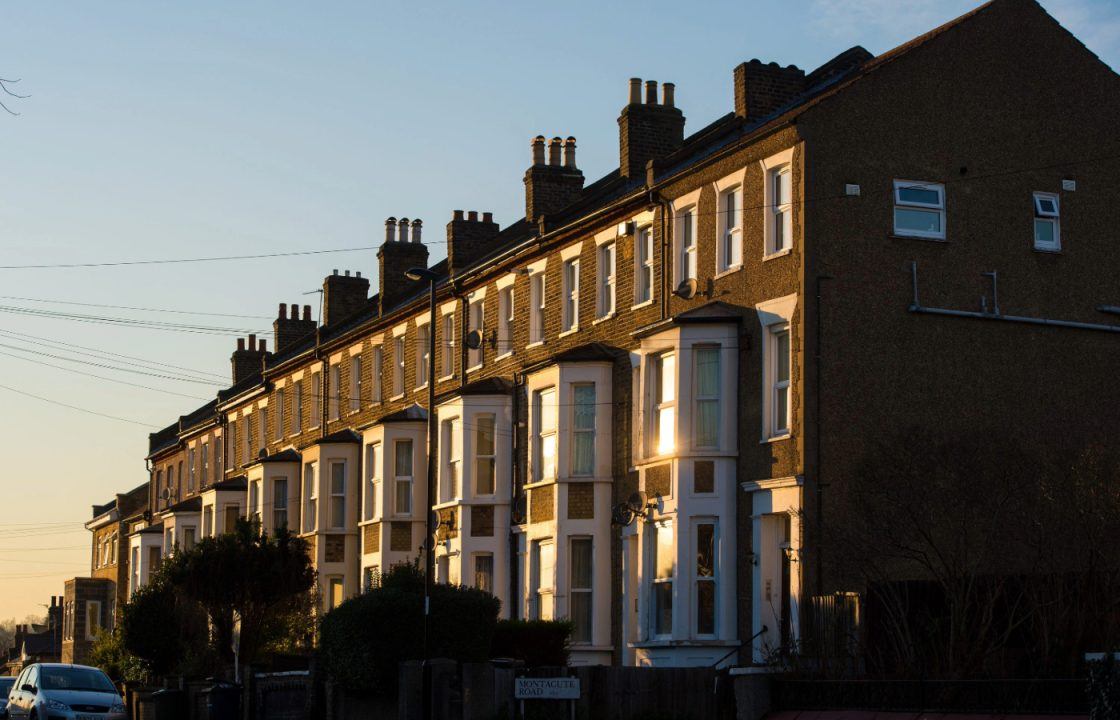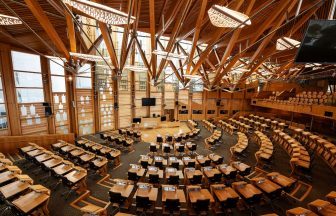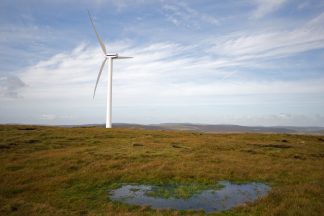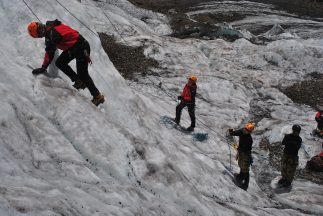The number of Scots living alone has increased by more than 100,000 since 2011, according to the latest census.
The latest Scotland Census 2022 report by the National Records of Scotland (NRS) report found a rise of 106,700 in single person households (13%) between 2011 and 2022.
This is below the 19.5% jump in Northern Ireland but larger than the 5.9% increase in England and Wales.
The NRS said the increase in people living alone was driven by the rise in the overall number of older people from 2011.
Some 40,600 more people aged 55-64 were living alone than in 2011, with rises also seen in the 65-74 and 75 and over age groups.
The Western Isles council area had the largest percentage of their population aged 55 and over living alone at 13.7%, followed by Argyll and Bute (13.4%) and Inverclyde (12.5%).
The report found there were 2,509,300 homes in Scotland on census day with at least one usual resident, up 136,500 (5.8%) from the 2011 census.
Other results showed a gradual shift from marriage or civil partnerships towards cohabiting.
There were 1,251,600 households containing couples in Scotland in 2022 – up 4.5% since 2011 and 8.1% since 2001.
The increase was driven by a rise in those with cohabiting couples, up 25.2% since 2011 and 80.8% since 2001.
The percentage of homes with couples where they were married, or in a civil partnership, dropped from 86.0% in 2001 to 76.6% in 2022.
This reflects a gradual fall in the number of marriages in Scotland over the last 50 years.
The report also focused on migration to Scotland, showing almost half of people born overseas had been living in the UK for ten or more years (49.8%), while about a third of people born overseas arrived in the UK aged between 20 and 29 (35.3%).
This is likely due to people moving to Scotland to study or work.
Just over half a million (554,900) people living in Scotland were born outside of the UK.
The most common country of birth of people born outside the UK was Poland (75,400 people), followed by India (37,700) and Pakistan (28,900).
NRS census statistic director Jon Wroth-Smith said: “This data provides a great insight into the make-up of households across Scotland and how our communities are changing over time.
“The richness of census information also allows us to look at the characteristics of people who have migrated to Scotland.
“This information allows governments, businesses and charities to plan services for the years ahead.”
Follow STV News on WhatsApp
Scan the QR code on your mobile device for all the latest news from around the country


 PA Media
PA Media

























